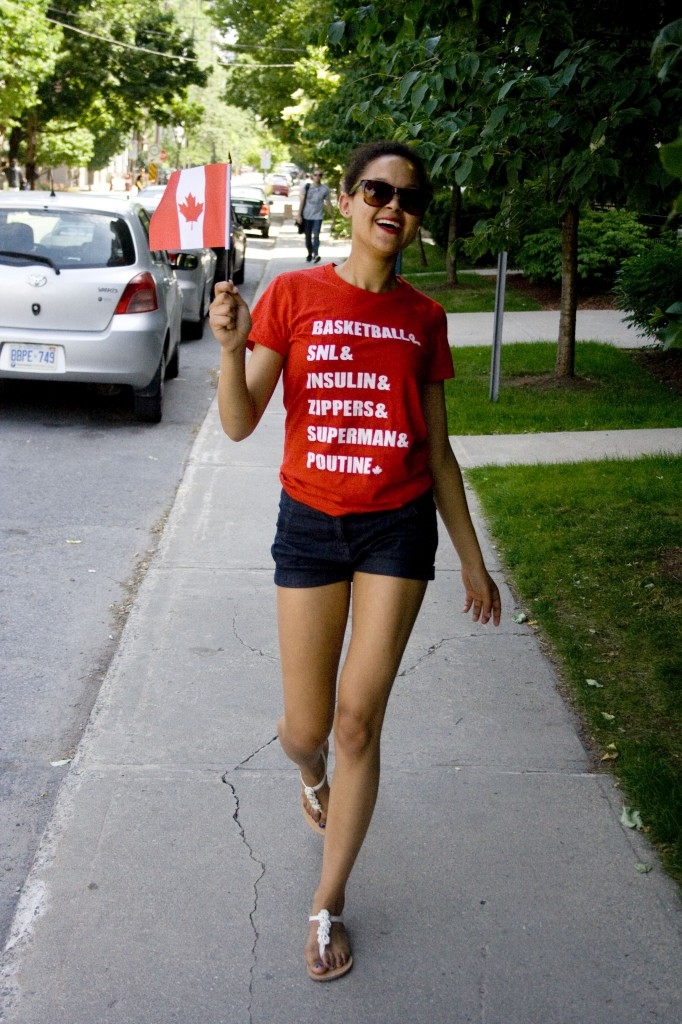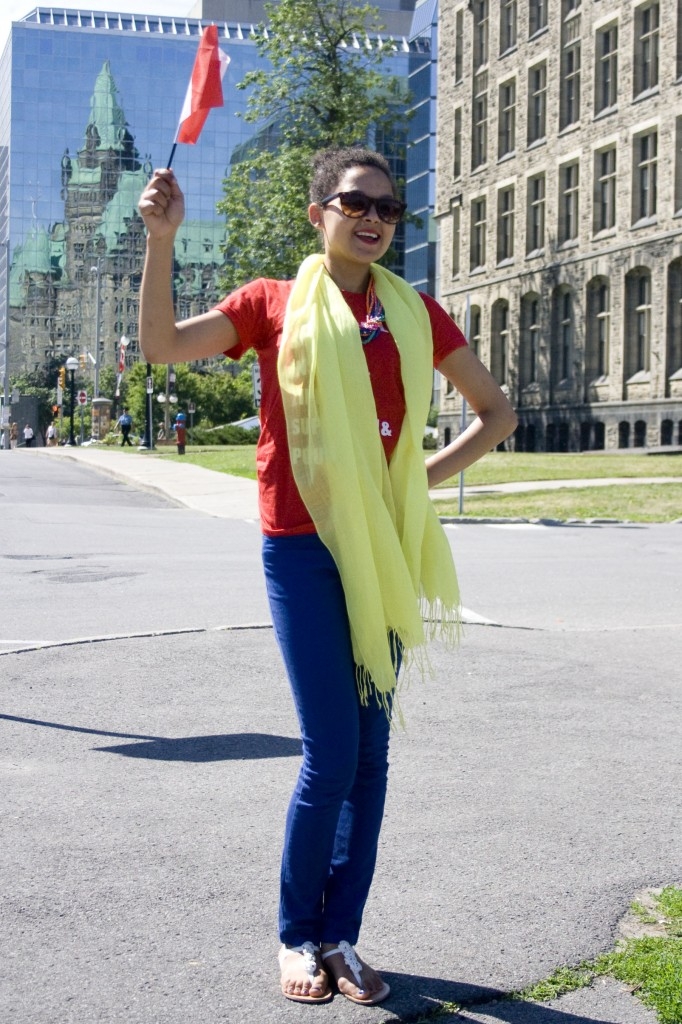
Defining Canadian Style
The French are chic. Italians are sexy yet sophisticated. Canadians are… what exactly?
A cultural melting pot, Canada is a dynamic and complex mix of influences that prevent a distinctly Canadian style from emerging into an obvious definition. Yes, there is the stereotypical garb of the Canadian outdoorsman, clad in a plaid jacket and beaver-skin hat, or the notorious “Canadian tuxedo” of denim on denim, but what defines modern Canadian style?
Lisa Tant, Editor-in-Chief of Flare Magazine, tweeted that she would define Canadian style as “global, confident, [and] understated.”
David Dixon, heralded as one of the top designers in Canada, shows yearly at LG Fashion Week in Toronto and has a successful line of shoes at Town Shoes. When asked how he would define the country’s style, the designer replied via email:
“Canadian style is defined by its multicultural people. Many contemporary Canadian designers are first generation, combining the history of their cultural background and applying it to a North American aesthetic. So, Canadian style can be defined as international with a North American sensibility that is clearly our own.”
Both Tant and Dixon recognize the influence of other cultures on Canadian style, and the incredible variety of styles we have. But is there one specific, narrowing term that can pinpoint the general feel of Canadian fashion?
I argue that the only single word that may come close to capturing the essence of Canadian style is “individual”.
In a country full of unique persons, from different cultures and backgrounds, and with different religions and beliefs, why must one all-encompassing descriptor gauge the fashion choices of such a diverse nation? “Individual” defines the indefinable nature of Canadian style without narrowing our fashion to a specific feel or look. It captures the uniqueness of a country far from uniformity.
Of course, I am not suggesting that countries like France, England or Italy, all of which have an arguably distinct style, are not comprised of people void of personal taste and narrative. But they are citizens of nations rich in history – hundreds upon hundreds of years of history – that have helped to define and unify its inhabitants under a relatively common stylistic influence.
Canadians are a part of a comparably young nation, whose history is built upon immigration and the amalgamation of different cultures. With such an enormous amount of influences, how can a single style emerge? Canadians find their style subject to the cultures and people that surround them, and the multicultural nature of the country leads to a multicultural influence on style.
Although the Canadian fashion market is growing, with designers like Dixon, Lucian Matis, and Denis Gagnon living and working here, many designers are finding themselves drawn to the more prominent fashion capitals of Milan, Paris or London.
Toronto-born twins Dean and Dan Caten, founders of the celebrity-coveted label Dsquared2, found success in Milan and later moved to London’s Notting Hill neighbourhood. Montreal native Erdem Moral?o?lu graduated from Toronto’s Ryerson University before moving to London in 2000 to study at the Royal College of Art. His label, Erdem, is now a favourite among celebrities.
So do designers have to leave Canada in order to find international success?
David Dixon explained via email his feelings on moving his brand overseas.
“In all art forms – from music, interior [design], fashion, modelling, and film, there does seem to be a trend where Canadians hit the world stage outside of Canada. Canadians who start here understand how difficult it is to get started, and Canadians are tough on Canadians. That is why when [artists] venture out and come home, they are revered. However, for me, since I design for an international customer, my collection has no borders.”
But has he ever considered moving?
“In hindsight, if I were to show my collection in another country, say in New York, from the beginning and was successful in my presentations, my brand would be clearly more identifiable in Canada,” says Dixon.
Undoubtedly, it is not an incredible help for an emerging designer to be working in Canada, but it is possible to find success here, as Dixon has proved. His followers include Meg Ryan, Jeanne Beker and Jennifer Love Hewitt, and the David Dixon Signature Collection is sold at The Bay, Holt Renfrew and specialty boutiques across Canada.
With more Canadian cities hosting their own fashion weeks, including our very own Ottawa Fashion Week, there is hope that more Canadian designers will stay true to their roots and design on their home soil, contributing to the development of a true north style that is all our own.
With Canada Day comes the perfect opportunity to show your national pride. Rock a kitschy-cool Canadian shirt, like this one from Vinyl Tap (available at vinyltap.ca/shop), with your personal styling touches. For stylistic inspiration, myself and intern Thabi Nkoala have ventured into the city “modeling” our own take on Canada Day style.
